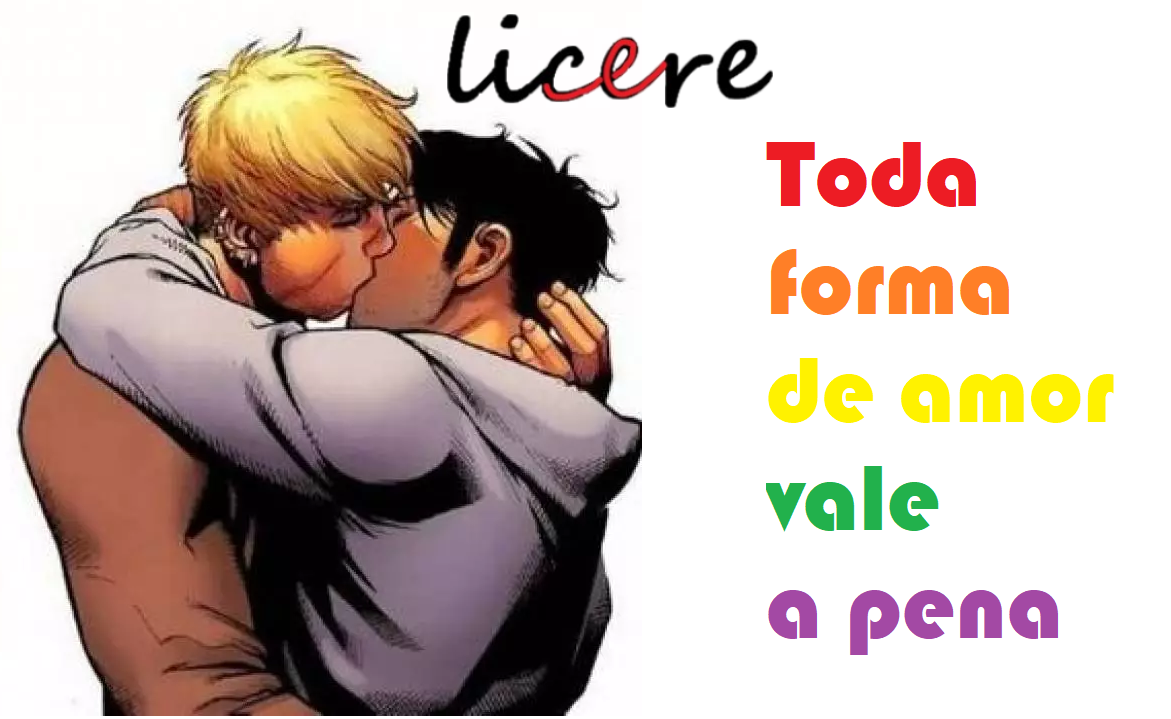Use of Virtual Reality as a Rehabilitation and Leisure Strategy for People with Spinal Cord Injury
A Integrative Review
DOI:
https://doi.org/10.35699/1981-3171.2019.15350Keywords:
Virtual Reality, Rehabilitation, Spinal Cord InjuriesAbstract
Interventions with Virtual Reality (VR) have been described as alternatives for the treatment of people with spinal cord injury (LME). The present study sought to provide an overview of the interventions that used VR in the rehabilitation of these individuals. A systematic review was performed in the PubMed (Medline), Virtual Health Library (VHL), Scielo and Lilacs databases in the last 5 years. A total of 13 articles have been identified. VR was used for several purposes such as: to verify the improvement of upper limb function; associated with sensory stimuli during gait; to identify the effects of virtual walking on the degree of pain. Thus, it can be seen that RV can be used for different purposes, as well as providing a more involving means of treatment for people with LME, adding a dimension of pleasure and a moment for leisure.
Downloads
References
AHUJA, C.S. et al. Traumatic spinal cord injury. Nature Reviews Disease primers, v.3, p.17018, 2017.
DIMBWADYO-TERRER, I. et al. Effectiveness of the virtual reality system Toyra on upper limb function in people with tetraplegia: a pilot randomized clinical trial. BioMed Research International, v. 2016, 2016 (a).
DIMBWADYO-TERRER, I. et al. Upper limb rehabilitation after spinal cord injury: a treatment based on a data glove and an immersive virtual reality environment. Disability and Rehabilitation: Assistive Technology, v.11, n.6, p.462-467, 2016 (b).
DONATI, A.R.C. et al. Long-term training with a brain-machine interface-based gait protocol induces partial neurological recovery in paraplegic patients. Scientific reports, v. 6, p.30383, 2016.
EICK, J.; RICHARDSON, E.J. Cortical activation during visual illusory walking in persons with spinal cord injury: A pilot study. Archives of physical medicine and rehabilitation, v. 96, n. 4, p. 750-753, 2015.
JORDAN, M.; RICHARDSON, E.J. Effects of Virtual Walking Treatment on Spinal Cord Injury–Related Neuropathic Pain: Pilot Results and Trends Related to Location of Pain and at-level Neuronal Hypersensitivity. American journal of physical medicine & rehabilitation, v. 95, n. 5, p. 390-396, 2016.
KHURANA, M.; WALIA, S.; NOOHU, M.M. Study on the effectiveness of virtual reality game-based training on balance and functional performance in individuals with paraplegia. Topics in spinal cord injury rehabilitation, v.23, n.3, p.263-270, 2017.
KUMRU, H. et al. The effects of transcranial direct current stimulation with visual illusion in neuropathic pain due to spinal cord injury: an evoked potentials and quantitative thermal testing study. European Journal of Pain, v. 17, n. 1, p. 55-66, 2013.
MOSELEY, G. Lorimer. Using visual illusion to reduce at-level neuropathic pain in paraplegia. Pain, v.130, n.3, p.294-298, 2007.
NUNNERLEY, J. et al. Training wheelchair navigation in immersive virtual environments for patients with spinal cord injury–end-user input to design an effective system. Disability and Rehabilitation: Assistive Technology, v.12, n.4, p.417-423, 2017.
ÖZKUL, Ç. et al. Effects of visual illusion and transcutaneous electrical nerve stimulation on neuropathic pain in patients with spinal cord injury: A randomised controlled cross-over trial. Journal of back and musculoskeletal rehabilitation, v.28, n.4, p.709-719, 2015.
POZEG, P. et al. Virtual reality improves embodiment and neuropathic pain caused by spinal cord injury. Neurology, v.89, n.18, p.1894-1903, 2017.
PRASAD, S. et al. Efficacy of Virtual Reality in Upper Limb Rehabilitation in Patients with Spinal Cord Injury: A Pilot Randomized Controlled Trial. Asian spine journal, v.12, n.5, p.927, 2018.
ROOSINK, M. et al. Interactive virtual feedback improves gait motor imagery after spinal cord injury: an exploratory study. Restorative neurology and neuroscience, v. 34, n. 2, p. 227-235, 2016.
SERRA, M.V.G.B.; FAVA, M.C.; TONELLO, M.G.M. Realidade virtual para pessoas com deficiência: o uso do video game como prática de lazer. Licere (Online), v. 21, n. 4, p. 529-548, 2018. Disponível em: https://periodicos.ufmg.br/index.php/licere/article/view/1952. Acesso em: 13 abr. 2019.
SHOKUR, S. et al. Assimilation of virtual legs and perception of floor texture by complete paraplegic patients receiving artificial tactile feedback. Scientific reports, v.6, p.32293, 2016.
TRINCADO-ALONSO, F. et al. Kinematic metrics based on the virtual reality system toyra as an assessment of the upper limb rehabilitation in people with spinal cord injury. BioMed research international, v.2014, 2014.
WALL, T. et al. The effects of the Nintendo™ Wii Fit on gait, balance, and quality of life in individuals with incomplete spinal cord injury. The journal of spinal cord medicine, v.38, n.6, p.777-783, 2015.
WANG, Y.T. et al. Immediate video feedback on ramp, wheelie, and curb wheelchair skill training for persons with spinal cord injury. Journal of Rehabilitation Research & Development, v.52, n.4, p.421-431, 2015.
ZIMMERLI, L. et al. Increasing patient engagement during virtual reality-based motor rehabilitation. Archives of physical medicine and rehabilitation, v.94, n.9, p.1737-1746, 2013.

